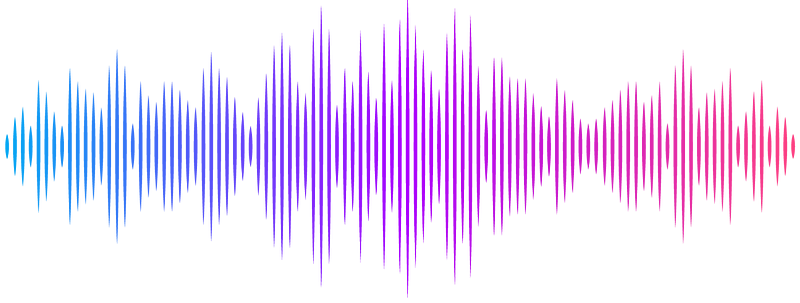Why didnt the nudibranch cross the ocean? Understanding biogeographic and evolutionary relationships of Hermissenda (Nudibranchia: Myrrhinidae) Bergh, 1878

Why didnt the nudibranch cross the ocean? Understanding biogeographic and evolutionary relationships of Hermissenda (Nudibranchia: Myrrhinidae) Bergh, 1878
Montana, K. O.; Gosliner, T. M.; Crews, S. C.; Bonomo, L. J.; Carlton, J. T.; Johnson, R. F.
AbstractIn the aftermath of the 2011 east Japanese earthquake and tsunami, anthropogenic debris from the east coast of Japan floated across the Pacific Ocean to the west coast of North America. One such vessel from Iwate Prefecture arrived on the coast of Oregon, and the fouling community included specimens identified as the nudibranch Hermissenda crassicornis, which was previously thought to range from Japan to Baja California but has since been split into three species: H. crassicornis (Alaska to southern CA), H. opalescens (British Columbia to Baja California), and H. emurai (Japan, Korea, Russian Far East). Previous work suggested that all of the motile invertebrates found in the tsunami debris fouling community were either pelagic or Japanese in origin. Our study sought to determine whether the nudibranch specimens collected from the Iwate vessel were, according to the new classification system, only H. emurai or whether the Eastern Pacific Hermissenda were present as well. Results from DNA sequencing and morphological analysis suggest that specimens of H. crassicornis, as it is currently recognized, and H. opalescens were found on the vessel. This finding indicates either that these species settled after arrival to the west coast of North America or that H. crassicornis and H. opalescens is found in Japan, suggesting Hermissenda ranges need to be investigated further. Occurrence data shared on the iNaturalist platform were also used to assess current ranges. Our phylogenetic tree and haplotype network constructed from COI data from all Hermissenda species indicate that H. opalescens and H. emurai are most closely related with H. opalescens sister to the clade that contains H. opalescens and H. emurai. This study demonstrates the power of combining volunteer naturalist data with lab-collected data to understand evolutionary relationships, species ranges, and biogeography.


